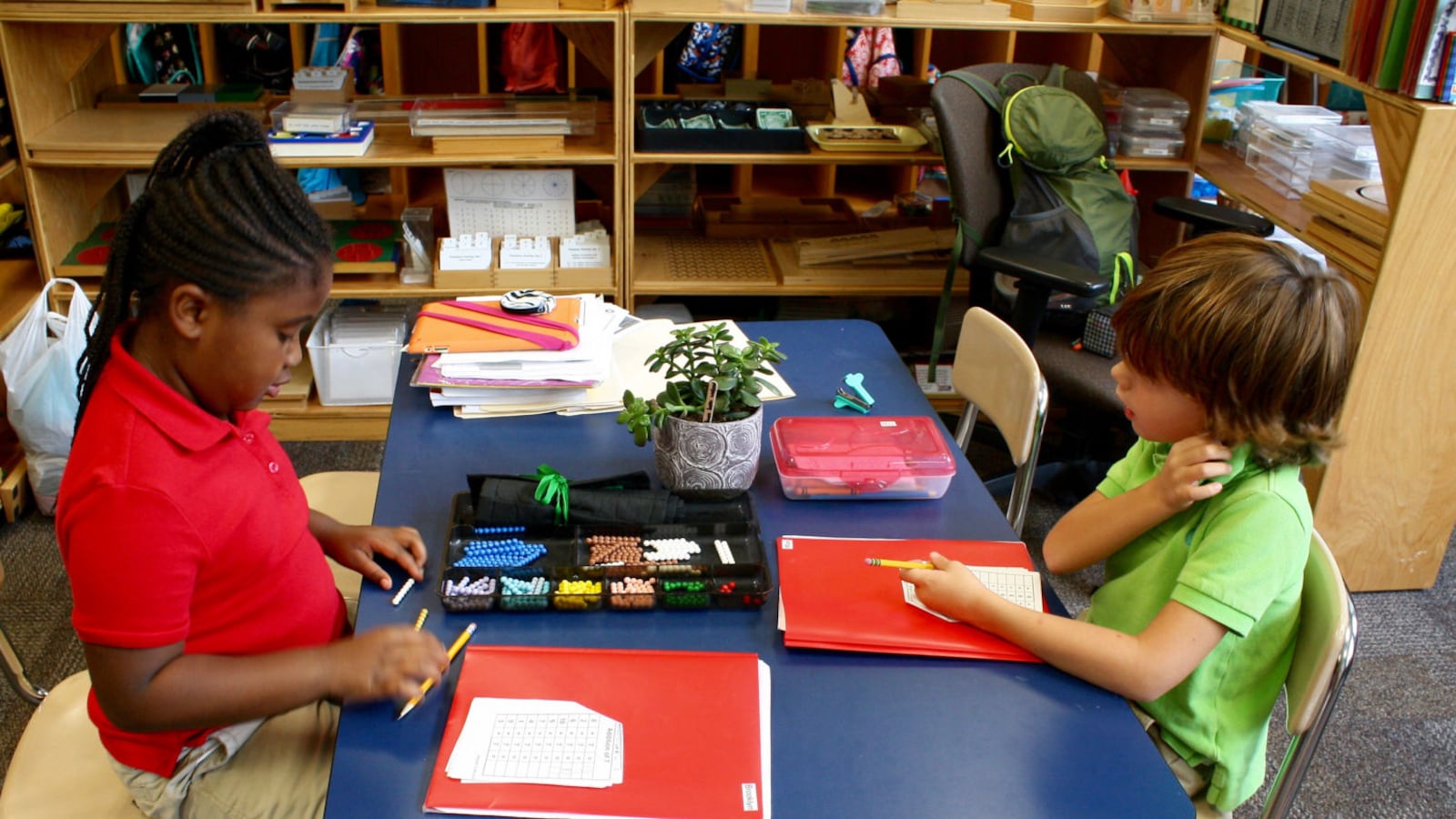Education research comes out faster than most of us can keep up with — and staying up to date gets even harder when advocates on every side claim that the newest study supports their views.
We’re here to help. Here are some of the most important lessons we’re taking away from 2017, thanks to the researchers who do their best to separate fact from fiction. (The typical caveats apply: these are all subject to change based on new evidence, and each study has limitations.)
1. Teacher certification rules can have negative side effects.
There are two big ways that rules about who can and can’t teach cause problems. First, they disproportionately exclude teachers of color, who a bevy of recent studies have shown benefit students of color. High-stakes exams, GPA cutoffs, and traditional training requirements all hit would-be teachers of color the hardest, and there’s no clear solution.
Another downside of existing rules: they can make it hard for teachers to move to a new state. A recent study finds that although teachers are less likely to move between states than many other professionals, perhaps because of challenges in gaining a new license.
This can hurt students, particularly if effective teachers leave education as a result. And it may explain another new finding: that schools near state borders — and thus most affected by teachers unable to move between states — have lower student achievement.
2. Union protections may benefit students.
Teachers unions have long argued that by protecting teachers and bargaining for better pay, they ultimately help students. Research bolstered their case this year.
Most prominently, an analysis found that Wisconsin Gov. Scott Walker’s successful effort to dramatically scale back union power hurt student test scores. Another study, this one from California, showed that when charter schools unionize, students saw larger test score gains. That study wasn’t able to pinpoint why.
Two other studies — one from Louisiana, the other from Michigan — showed that removing tenure protections increased teacher turnover, at least in some schools. Past research has found that turnover usually harms students.
3. Students who stay in voucher programs longer do better.
As U.S. Education Secretary Betsy DeVos pushed private school vouchers into the limelight, critics have seized on recent studies showing that using public money to attend a private school can hurt student learning.
But analyses out of Indiana and Louisiana suggest that students who stick around in private school for three to four years see their scores bounce back after an initial drop. By year four, students in Indiana even made some gains in English. Still, many other students saw test scores drop because of the program, including those who left early and students in younger grades in Louisiana.
The disappointing test score results pushed voucher proponents to focus on their impact on other metrics, like high school graduation or college attendance. One study this year found that Florida students who used a tax-credit voucher were more likely to enroll in — though not necessarily complete — two-year college than similar students who attended public school.
4. State tests provide useful information about how schools affect students. Testing can also have unintended consequences.
One study focusing on charter high schools in Chicago showed that not only did those schools raise test scores substantially, they also helped send more kids to college and to stay there. That was also true of Chicago’s Noble charters, a high-profile network. Another piece of research from this year came to a similar conclusion: students who attended high schools in Michigan that raised students’ test scores also earned higher GPAs in college. At least in these contexts, tests were a meaningful gauge of school quality.
However, we also looked at a study showing that students were (slightly) less happy in the classrooms of teachers who were effective at raising test scores. This suggests that there are multiple dimensions to good teaching — and being good at one aspect doesn’t mean you’re good at others.
Finally, another study highlights the challenges of using tests to hold schools accountable: by focusing on test results starting only in third grade — the first year with federally mandated exams — schools are encouraged to place their weaker teachers in earliest grades. And many schools, at least in Miami, Florida, did just that.
5. We still don’t know much about how to turn around a struggling school.
This lesson may be the least surprising to policymakers. But as states try to help low-performing schools under the new federal education law, ESSA, they have a thin research base to draw from.
The highest-profile study on the topic came at the beginning of the year: a federal analysis of the Obama-era turnaround plan known as School Improvement Grants. It did not have any clear benefits — a finding DeVos has since touted to promote her own favored strategies.
But other studies from this year suggest that the effects of the federal improvement grants varied by place: They appear to have had a big impact in both Ohio and San Francisco, but not in Rhode Island.
New York City has also wrestled with this challenge. Early research has found that the city’s high-profile and expensive effort to help schools by offering wraparound services and other help had produced only mixed results.


